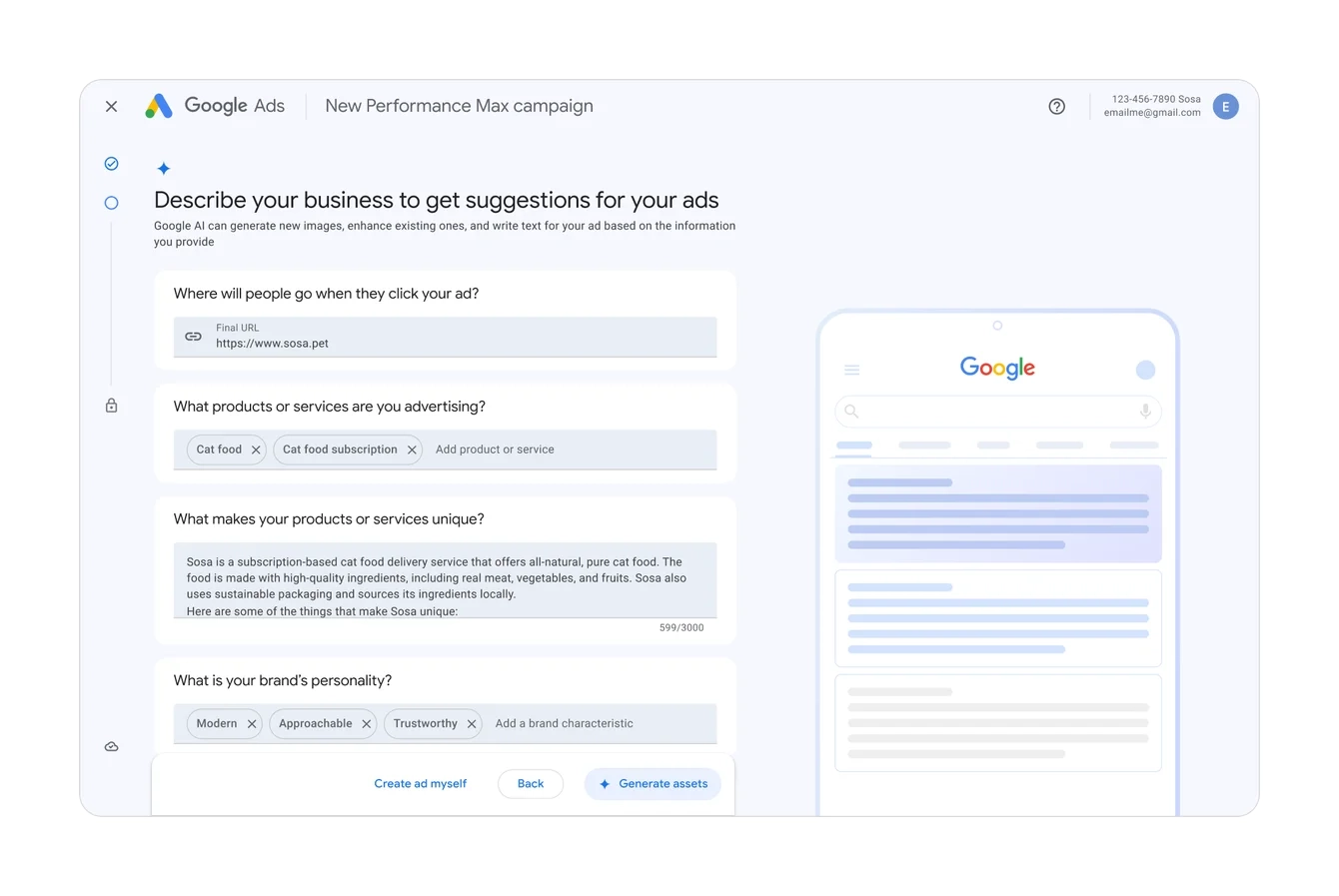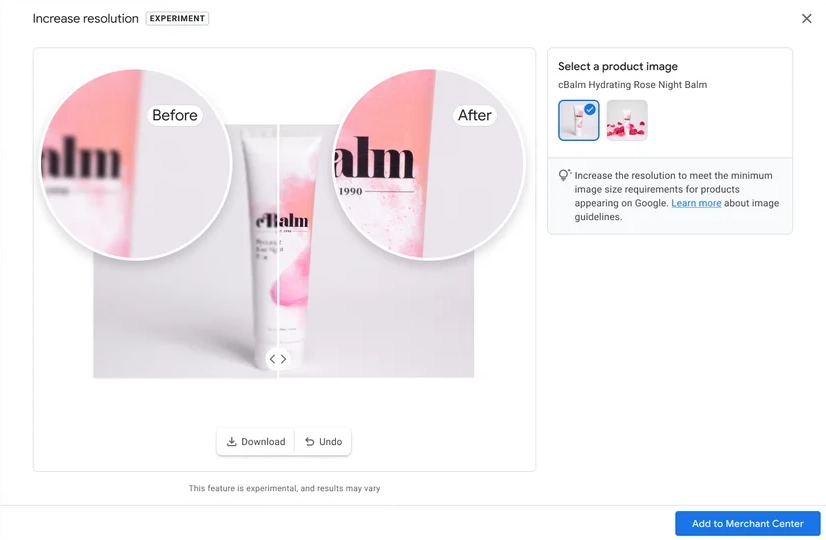We all know that artificial intelligence is the hottest topic for marketers this year. And our supreme overlords at Google have been busy pumping the Google Ads platform full of new AI features and tools.
And while the universe may be hoping that we can soon kick back and let the machines do all the work, savvy marketers will need to keep their hands on the keys. Understanding how and when to use these new AI tools is the key to harnessing their full power.
Let’s take a look at a few ways Google Ads is currently incorporating AI, how marketing teams can leverage these features to maximize ROI, and what Google has in store for us in the near future.
How Google uses AI across ad types
Google has been using AI or “machine learning” for years now across all their offerings. But recently, they’ve put a heavier focus on their search engine, G-Suite products, and their advertising platform.
Let’s take a look at some of the different campaigns and platform functions that Google is infusing with the latest AI tech, and how they can benefit your paid marketing efforts.
- Optimize your copy with Responsive Search Ads: Google’s Responsive Search Ads use machine learning to match your different headlines and descriptions with a user’s search request. The integrated AI tests all the ad copy variations you’ve given it and choses the combination it feels will have the greatest chance of converting. It can sort through 43,680 different ad combinations in a matter of seconds.
- Level up your conversions with Performance Max campaigns: One of Google’s favorite ad types, Performance Max uses AI to analyze your landing page content and associated assets to find the best converting queries. It then generates relevant text ads that match a user’s intent across Youtube, Display, Gmail, and Maps.
- Make your assets work harder with Demand Gen campaigns: These campaigns are the new kids on the block and Google’s response to Meta/social ads. When you upload your creative into the system, AI will integrate the assets across YouTube, Discover, and Gmail. The AI feature can also be used to create asset remixes to target lookalike segments based on uploaded audience lists.
How to get the most out of Google’s AI tools
The thing about the early days of AI is that it’s a little bit like ordering McDonalds when you’re drunk at 3 a.m. — you give the little black box a series of commands and by the fourth or fifth try you magically get the thing that you wanted in the first place.
Luckily, Google Ads is becoming more sophisticated at taking orders to understand our advertising needs. Let’s take a closer look at what information we should be feeding our AI-driven campaigns to produce the best possible results.

- Conversion values: Having a robust conversion measurement strategy is one of the most important things you can do. Defining the value of different conversions to your business helps Google’s AI understand which conversions are most important and should be prioritized in bidding.
- Audience signals: Historically, advertisers have often limited their targeting to a predefined set of ideal audiences in order to maximize ROI. By leveraging Google’s AI, you don’t have to choose between reach and ROI. The more data and performance insights you share, the more the AI can help unlock new audience segments.
- Data consolidation: Google’s AI works on your behalf to accurately predict which auctions are most likely to convert and are most valuable for your business. This is why it’s best to avoid over-segmentation and to consolidate your campaign structure as much as possible to give the AI full visibility and as much data as possible to maximize business growth.
- Creative assets: In Performance Max campaigns, you’ll want to upload as many relevant, high-quality variations of text, image, and video assets as possible. The more assets you provide, the more ad formats the campaign can create to find the best-performing combination for each customer.
- Data driven attribution: With data driven attribution, Google uses AI to determine the most relevant data model to track in order to improve bidding decisions across multiple channels. That means bids can be optimized more accurately by considering the touchpoints and channels that have the most impact on driving conversions.
What’s to come for AI-powered Google Ads
The world of AI is moving quickly, and no one has a crystal ball to know exactly what’s coming next. But we know Google has a few exciting updates in the pipeline. Let’s jump in my time traveling car I purchased from a man by the name of Doc Brown and check out what’s to come from the platform.
Chat with Google to create ad campaigns
Google is introducing an intuitive conversational interface that uses AI to help advertisers create ad campaigns. The functionality, which operates like a chatbot, will be able to generate keywords, headlines, descriptions, images, and other creative assets.
Once generated, advertisers can still review and modify these generated assets before launching a campaign. If you aren’t totally satisfied with the results, you can provide the AI with more details and request alternate options to improve relevance and quality.
This new conversational experience is currently available in beta mode for advertisers based in the United States or United Kingdom. Keep in mind that it’s still under development, so there may be some limitations to what it can do.

Make your product shine with generative AI
Google has introduced the Product Studio, a tool that uses generative AI features to help advertisers create and enhance product images for advertising campaigns.
The tool, part of their revamped Merchant Center Next, includes a text-to-image Scene Generation feature, which allows merchants to provide descriptions of desired scenes or images. The AI model will then generate new visual content and product imagery accordingly.
The tool also offers a “remove background” feature to create distraction-free product images and an “increase resolution” feature to improve image quality. The full Merchant Center Next update is being rolled out globally and will be completed by 2024.
Want to know more about the future of AI and Google Ads — or how to make the most of the tools available right now? Let’s chat.








